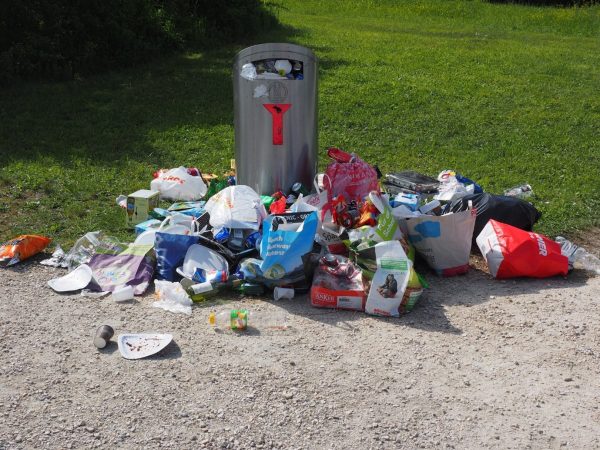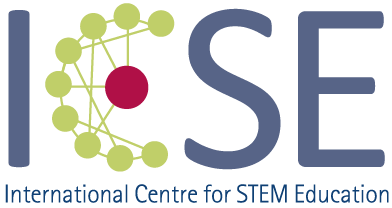Trondheim Renholdsverk (TRV) provides waste collection, disposal and recycling services for all private households in Trondheim municipality. In Trondheim there are five main sections of waste; general waste, paper & cardboard, plastic packaging, hazardous waste and glass/metal. The goal of TRV is to ensure that various raw materials are reused as much as possible and in the best possible way. What can be recycled is to be recycled. In addition, they work to minimize the amount of waste, and to reduce emissions. Their waste analyses show that one third of what we throw away in the general waste could have been eaten, reused or pre-separated at the source. Glass and metal packaging can live forever, but in order for them to become new products, we must sort them out at the source. Plastic packaging can be recycled ten times, so it is important that it does not end up in the residual waste. We recycle more plastic than before, but still only 31% of the plastic is returned in Trondheim, so we still have a long way to go.
The students were given access to the analysis of household waste (picking analysis). Based on this, they were challenged to find a solution for how we can increase the recycling rate in Trondheim.
The project was arranged as an innovation camp lasting for 2 days. A representative from TRV visited school and presented their local waste problems connected to general waste, plastic packaging and glass/metal. The kick-off took place in a large auditorium with the headmaster and teachers present. Students worked in groups of four or five with one of the presented challenges. They were free to choose type of waste and were encouraged to find a solution on how to reduce the amount of their selected type of waste. Some groups made interviews with citizens nearby. TRV was available for questions during their work. At the end of day two, each student group presented their solution in the school’s amphitheater, either as a video, poster or digital presentation, and two representatives from TRV served as a panel of judges.

Student solutions consisted of a deposit scheme for plastic, glass and metal, to avoid or reduce recyclable packaging in general waste. They also suggested information campaigns, better labeling of packaging, and better information on where to find return points, e.g., integration in online maps.
As stated by one of the teachers: “I think the students came up with good solutions, even new ideas and things that we had not thought about ourselves either. What I am most pleased with is the representative from TRV who posed very good questions, and the fact that there was a utility value in the project is very, very good. That it can actually be used for something”.
When talking about student solutions and products, the TRV representative expressed her gratitude: “They have provided us with a product. A beautiful production, which in itself has a value for us! It can actually be used for something”.
Students felt they became more conscious after the project, e.g. “At least, I sort my plastic waste better now”, and appreciated the way of working: “It’s a bit exciting because it’s a bit different from the usual school life, right”.
